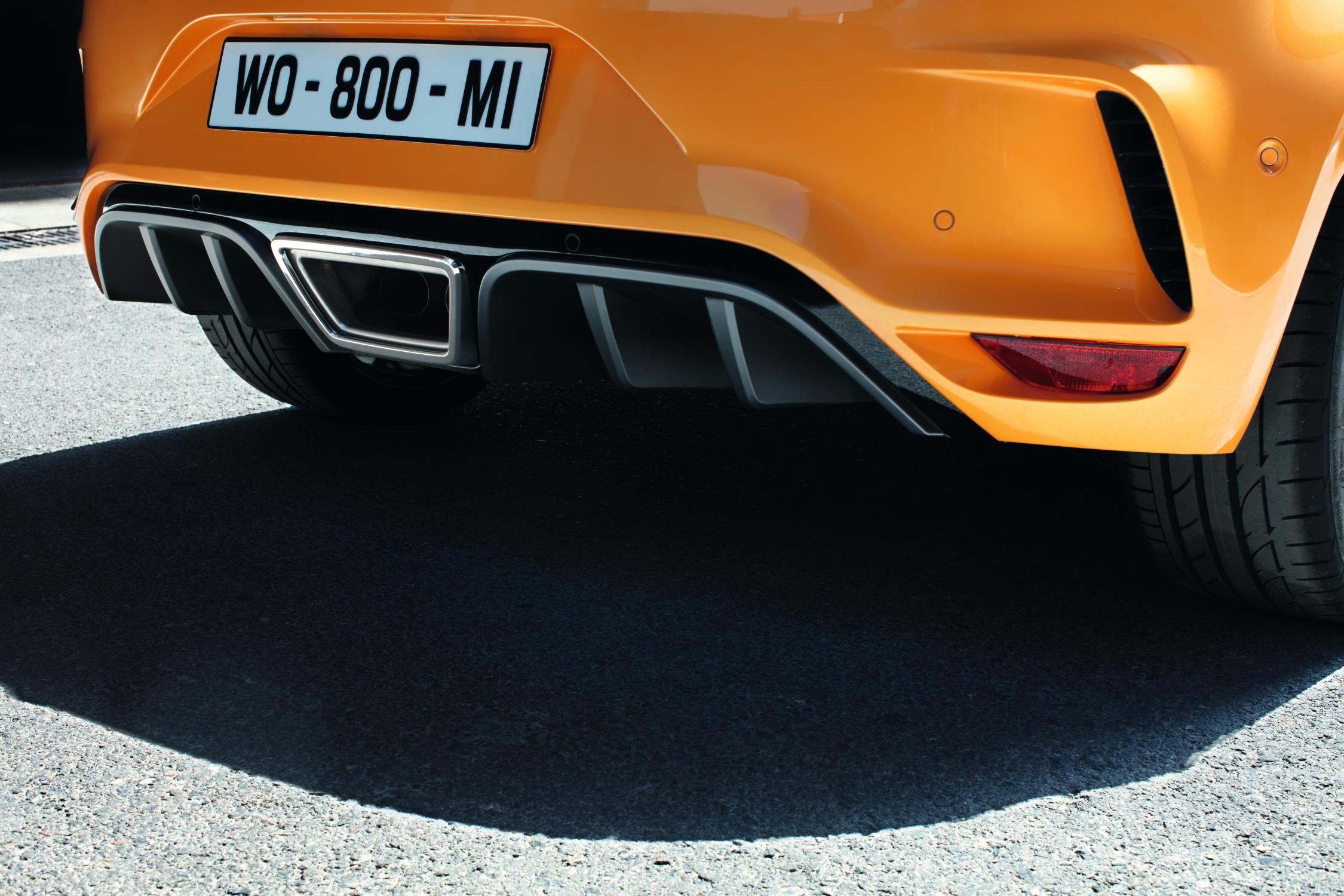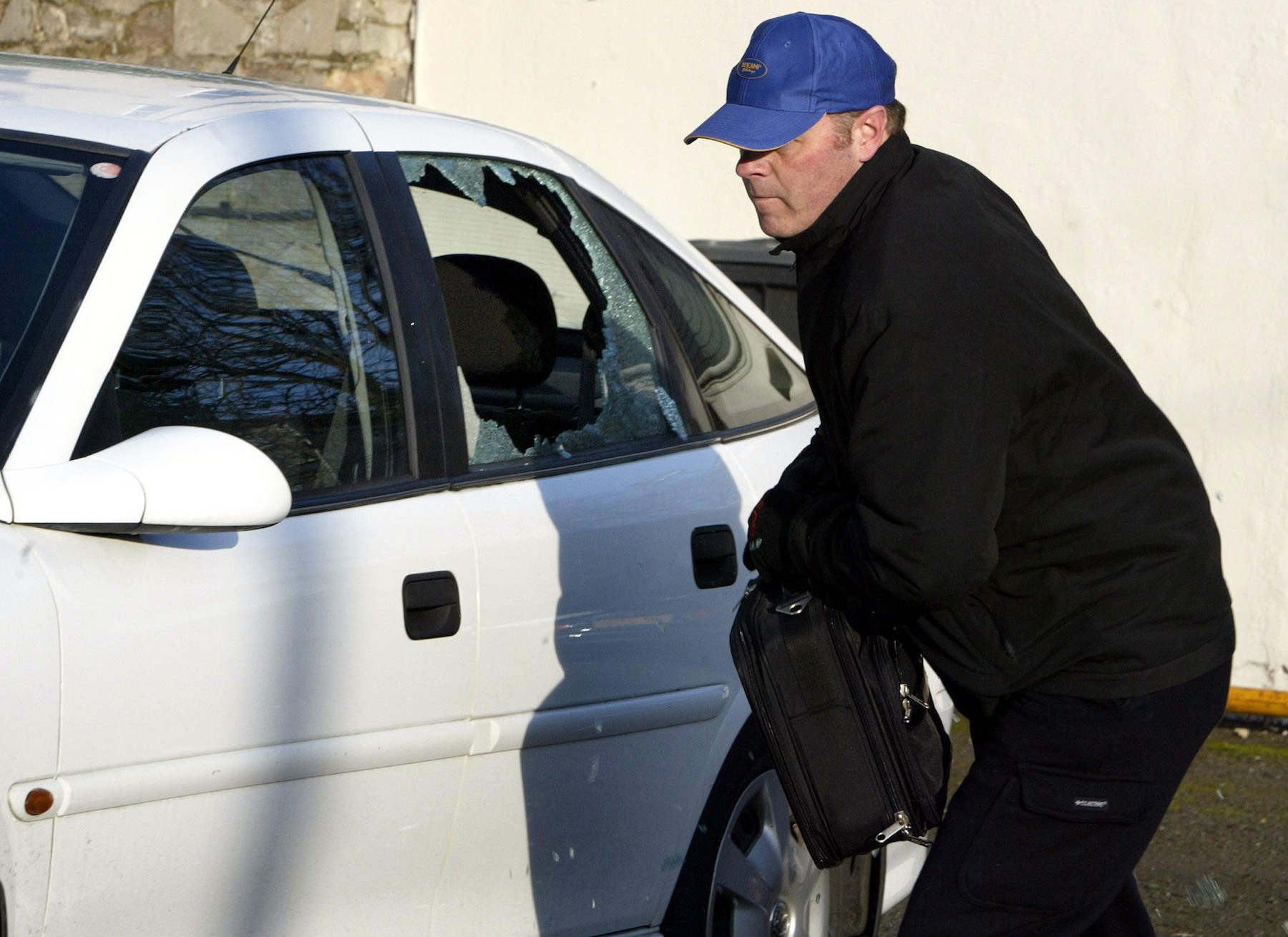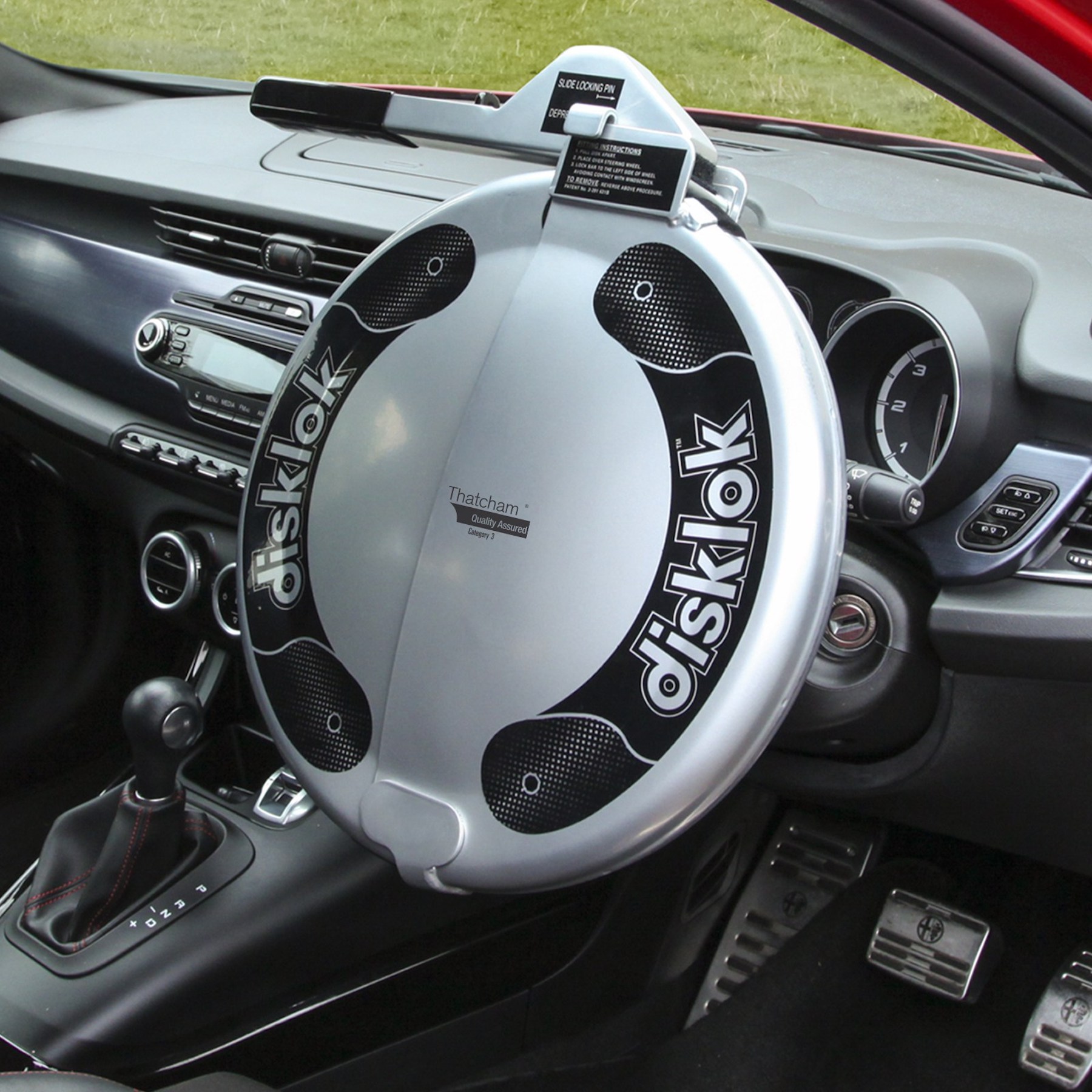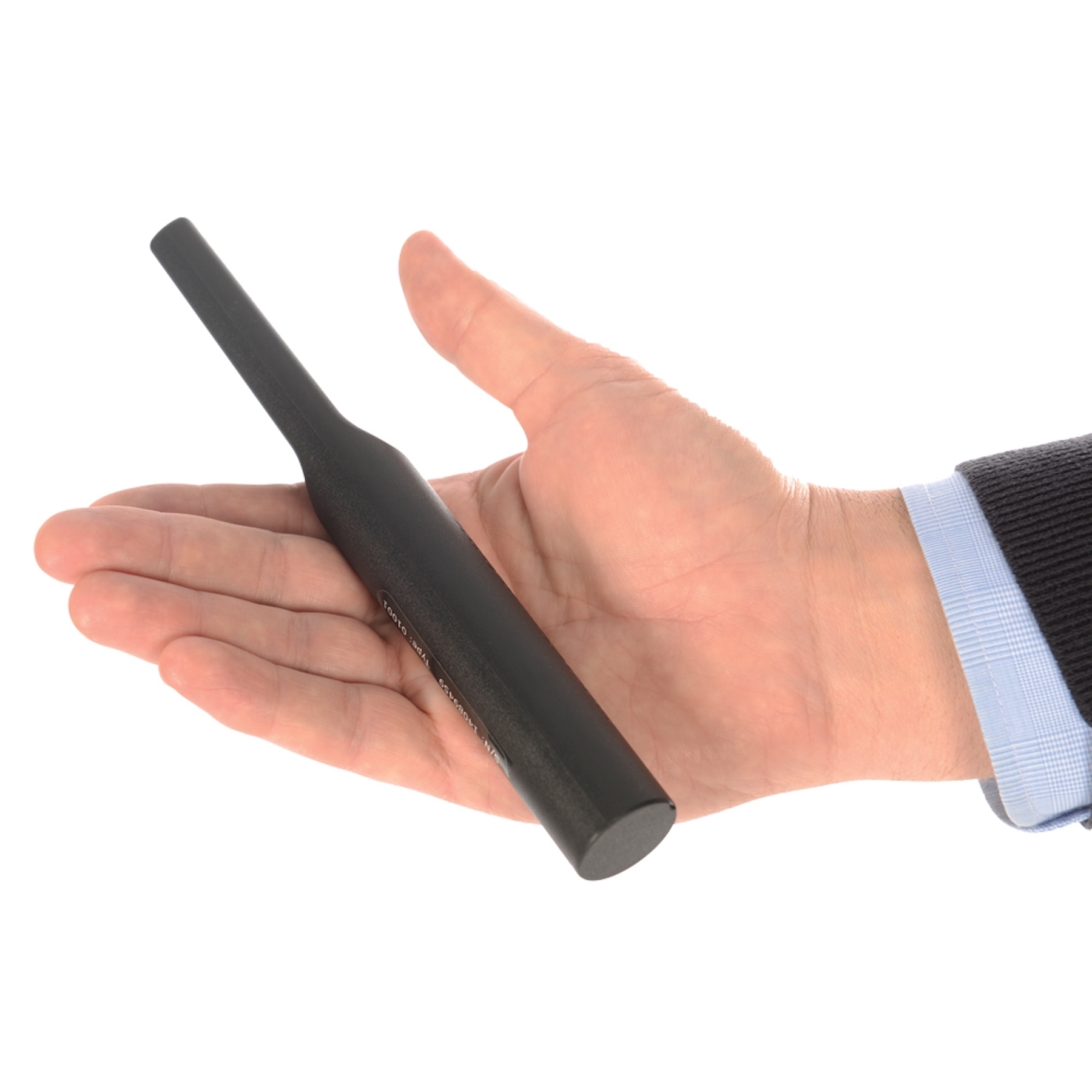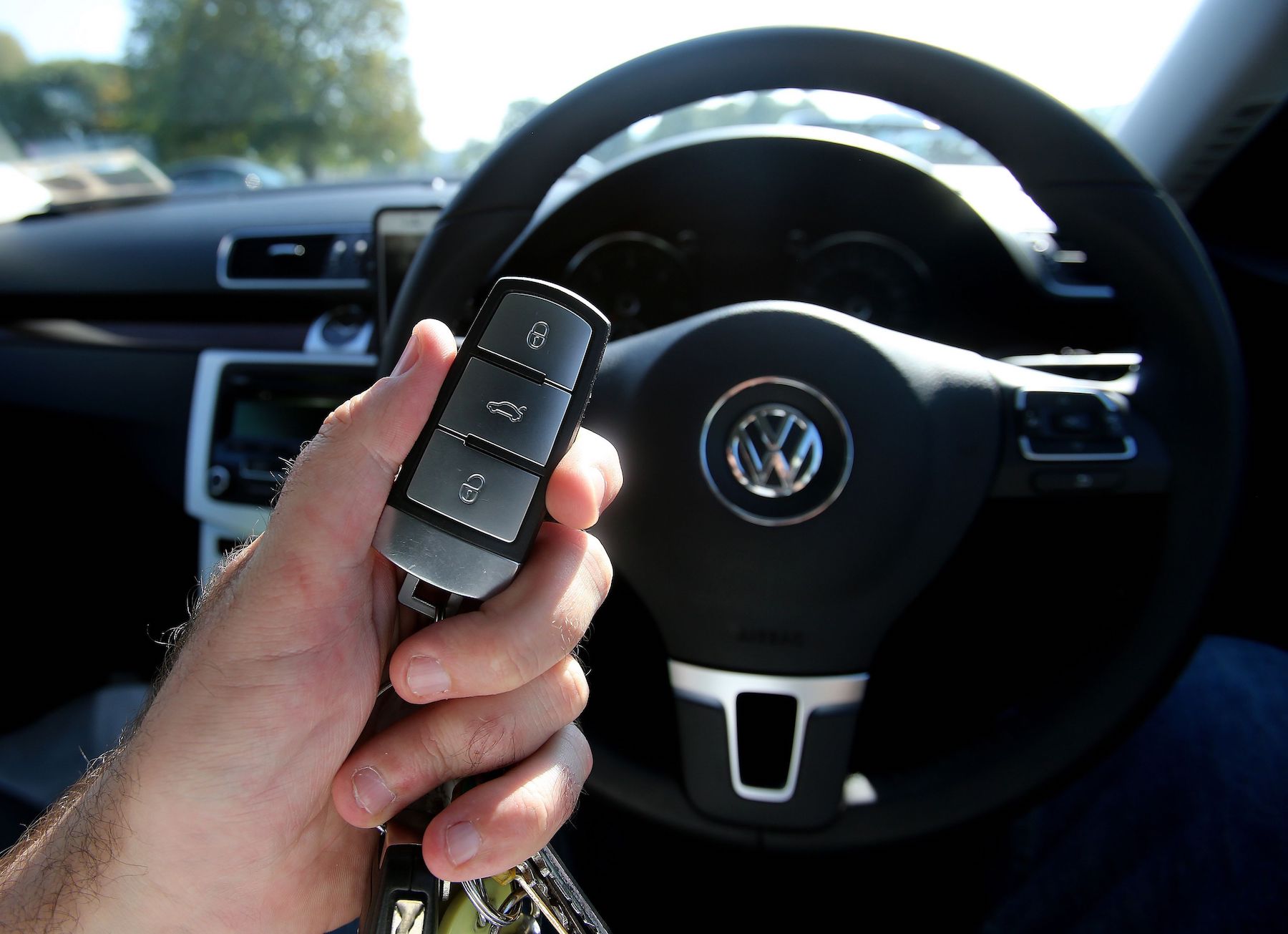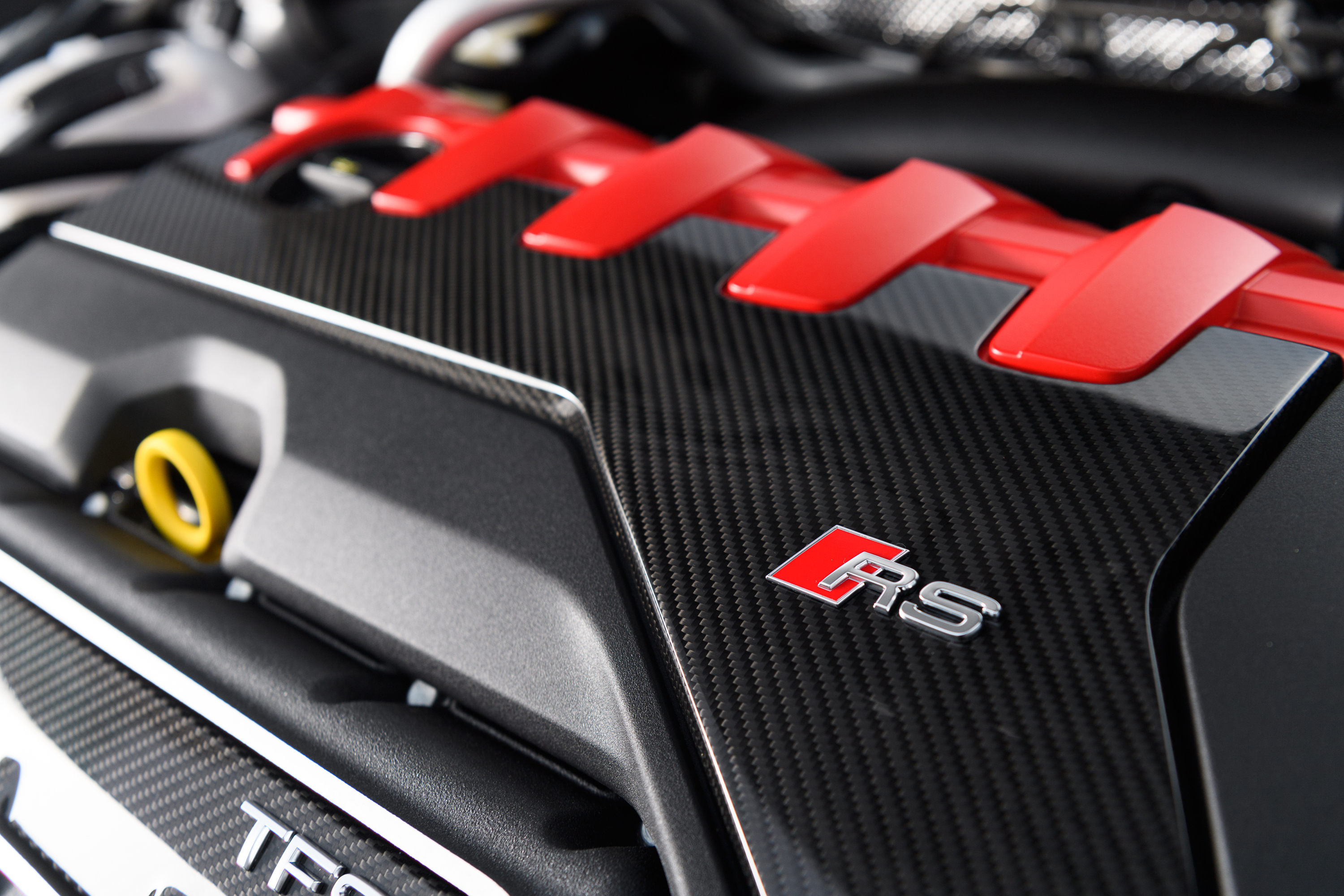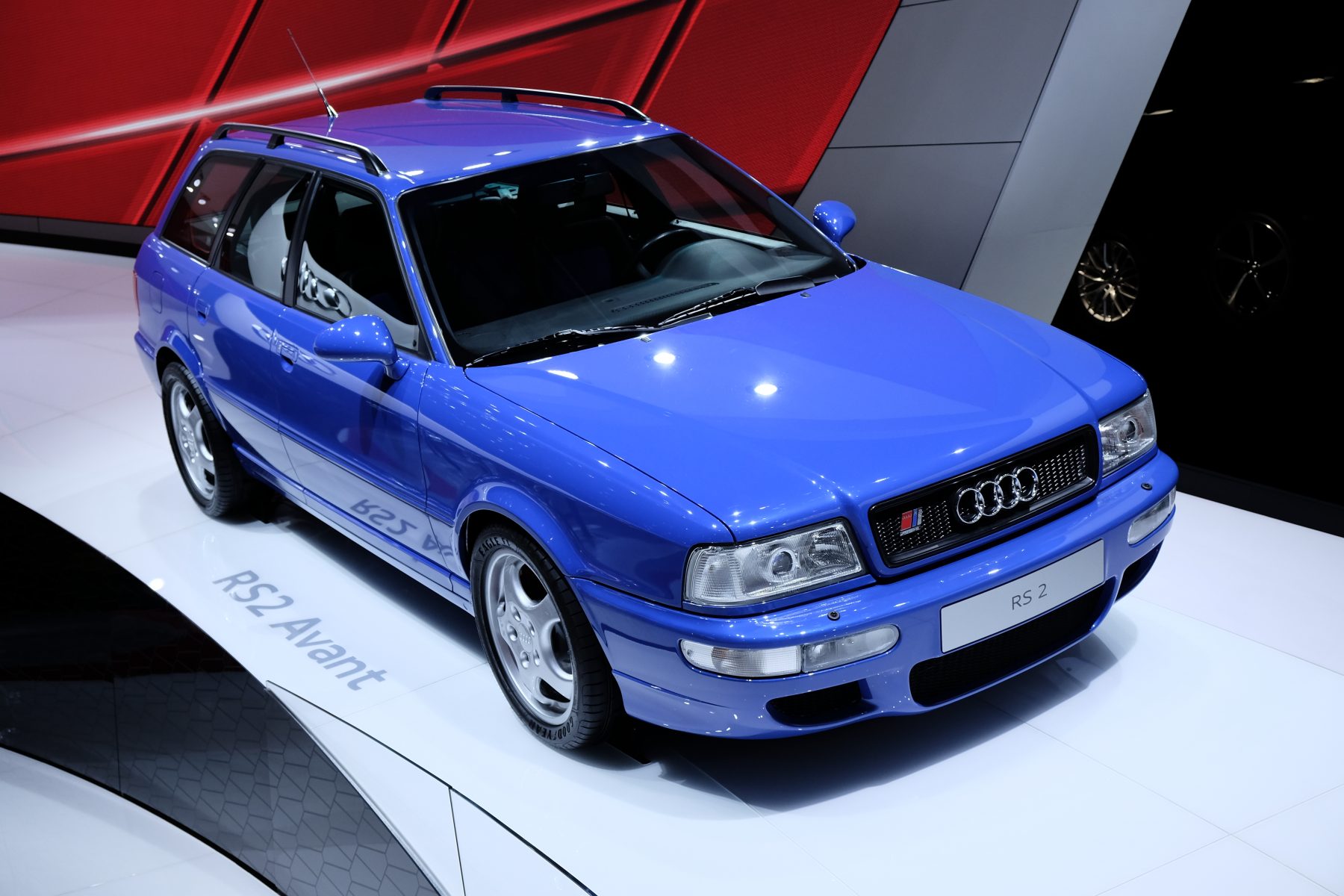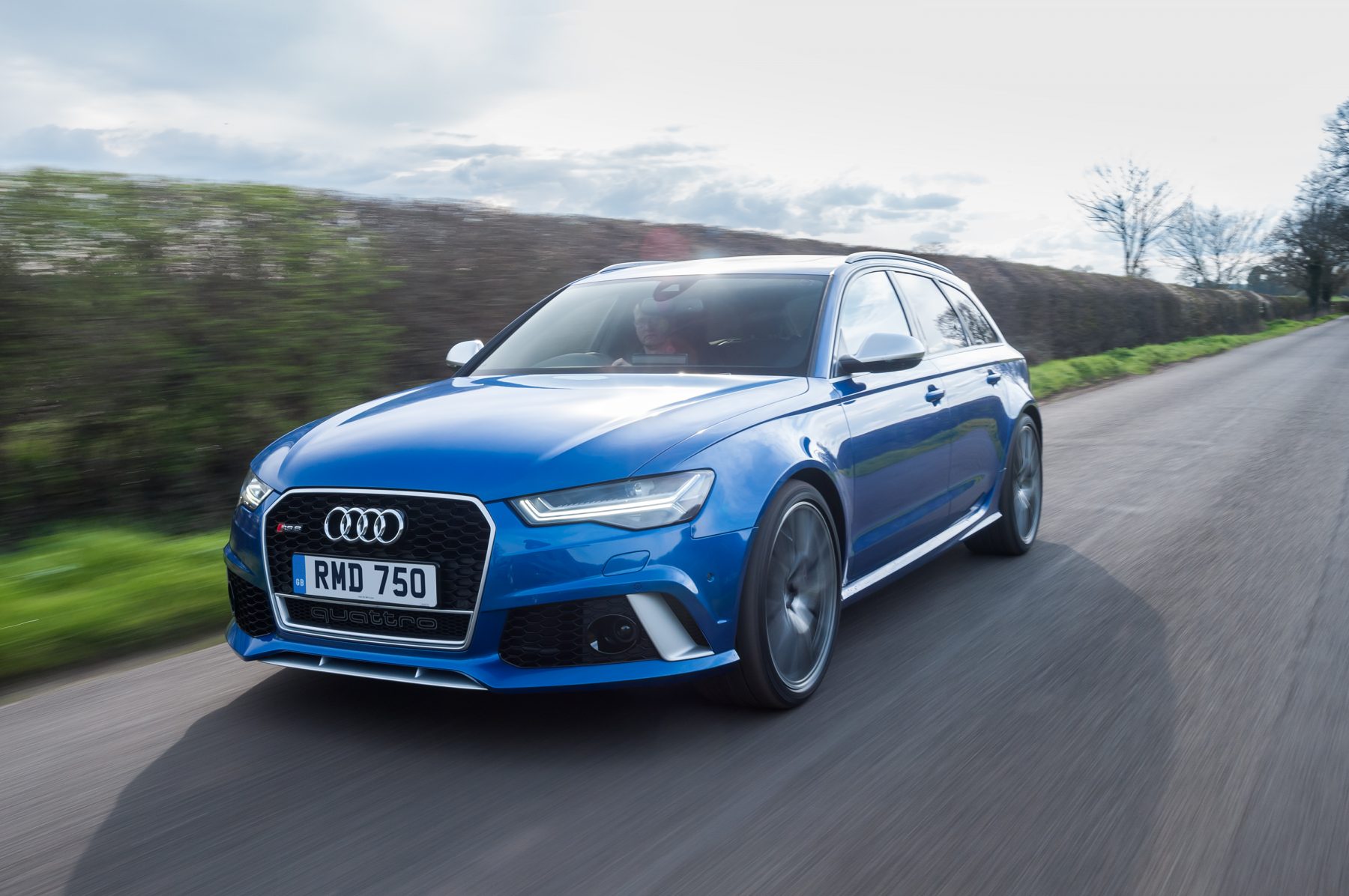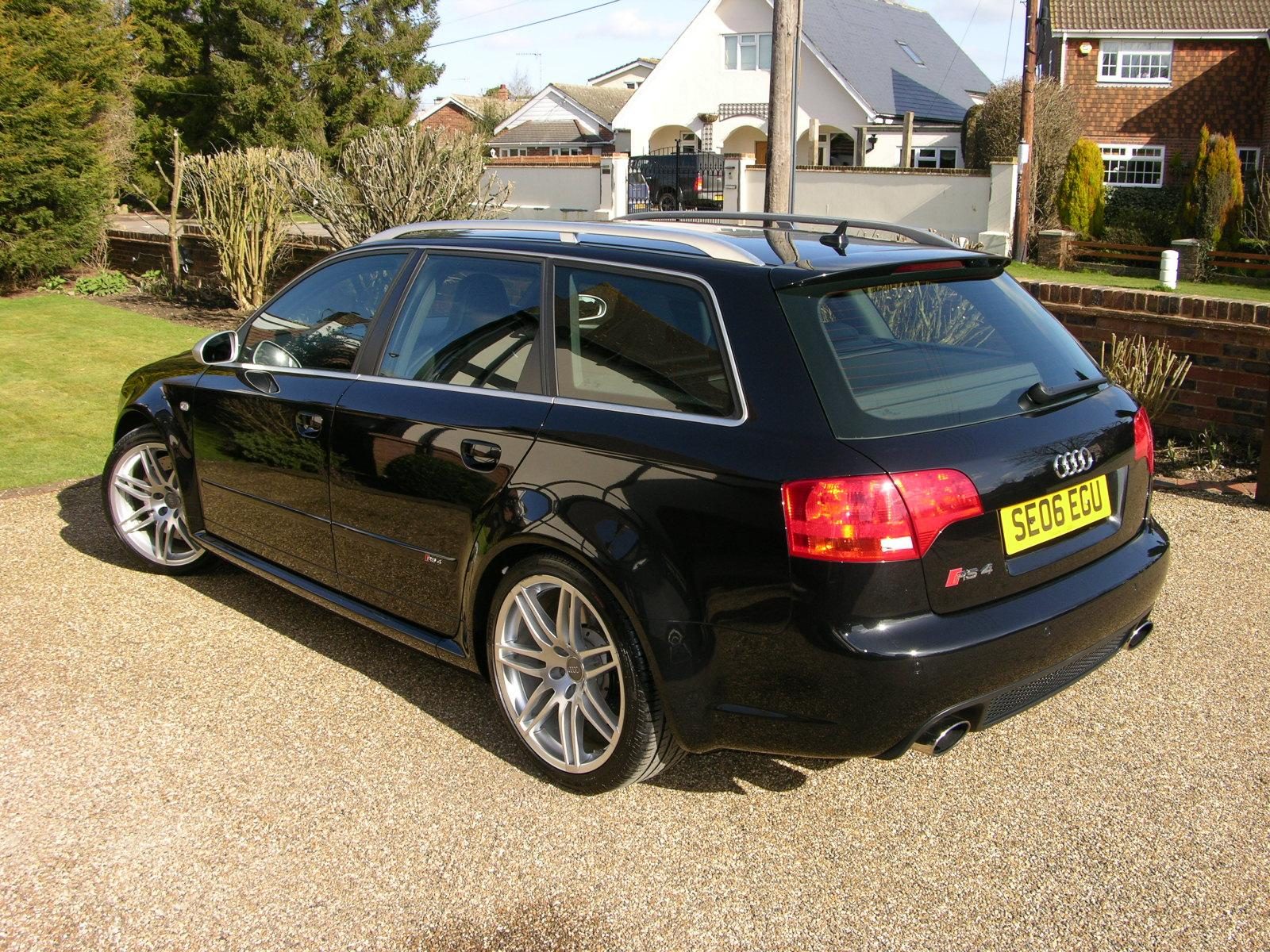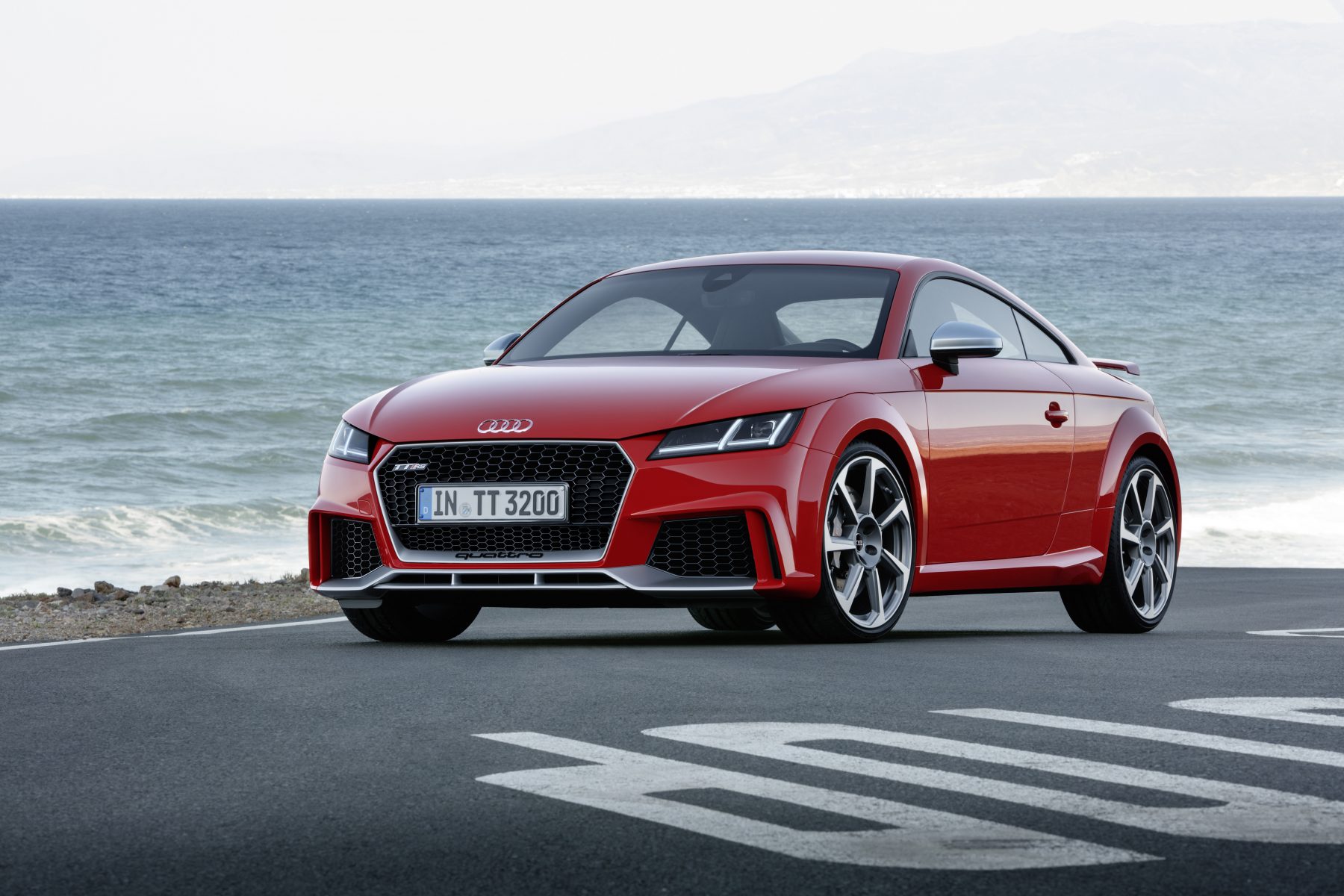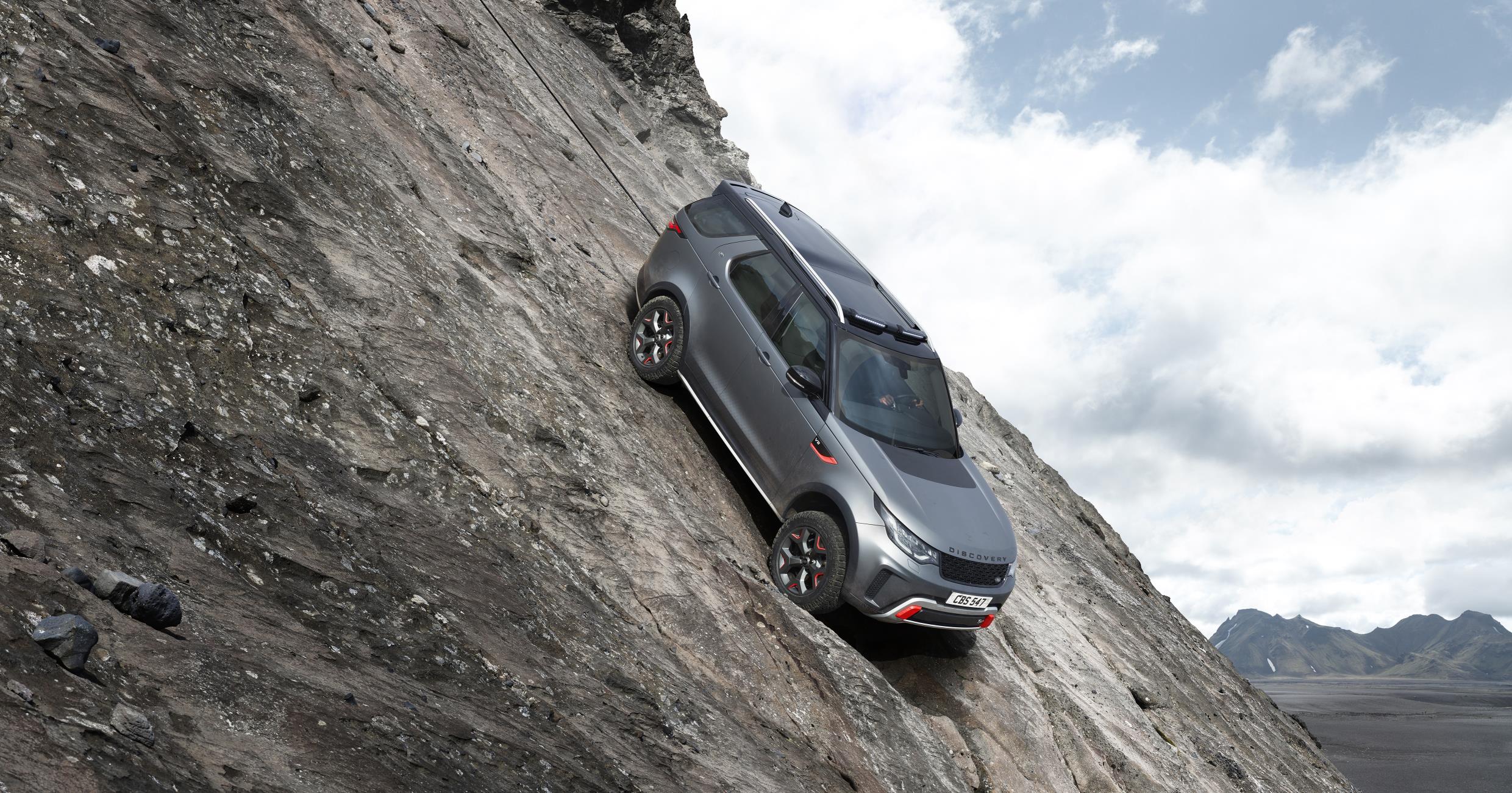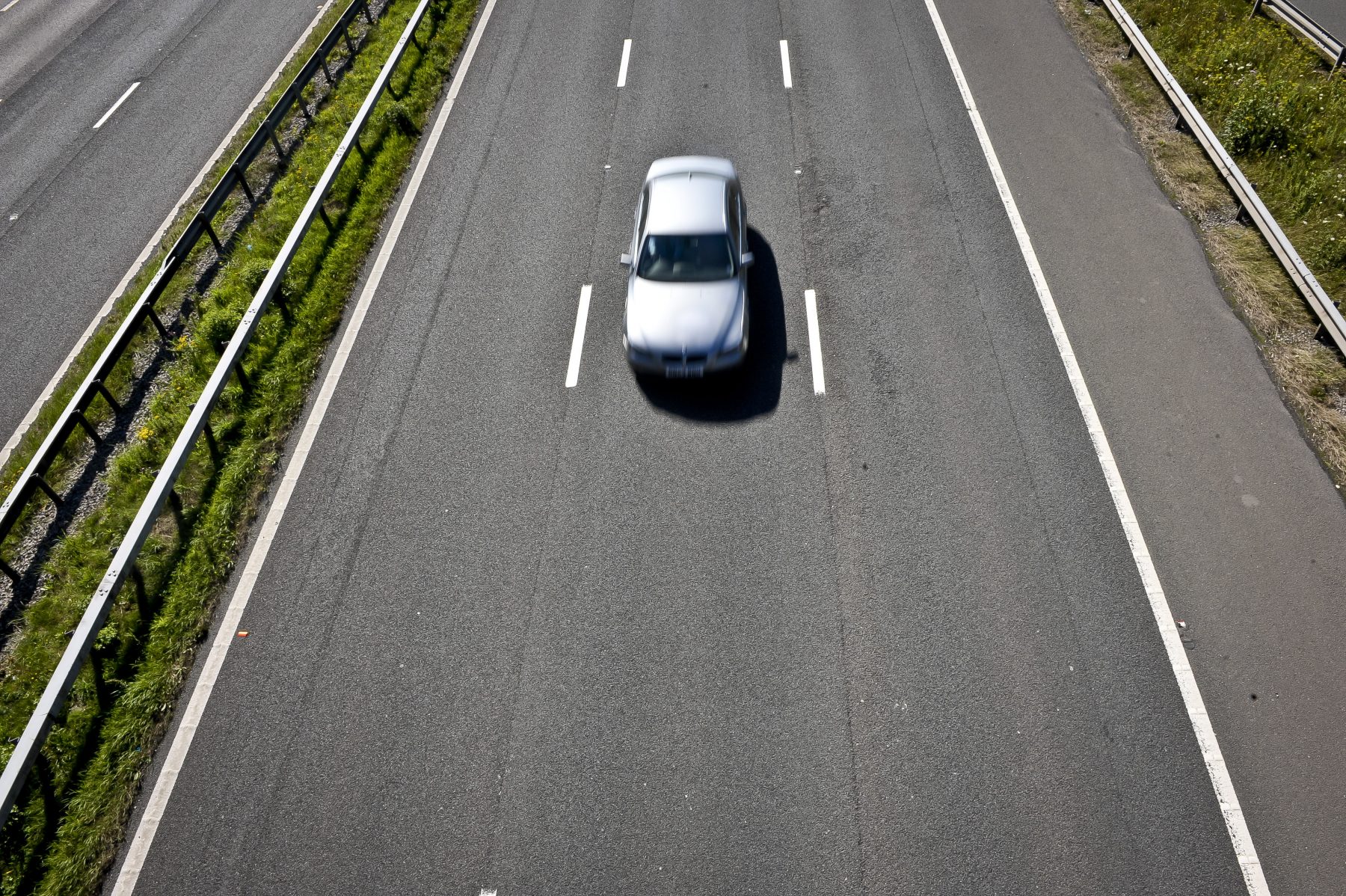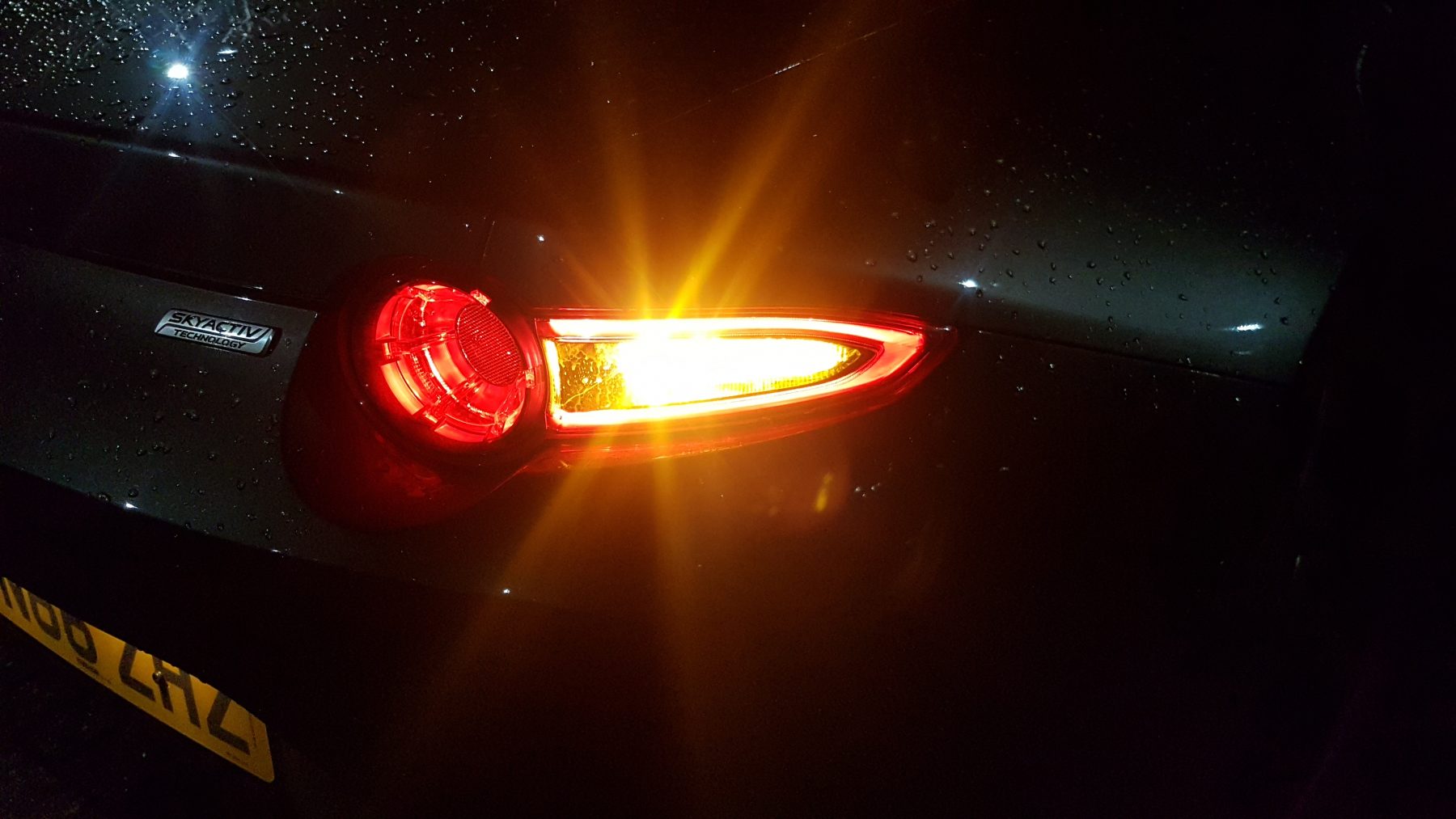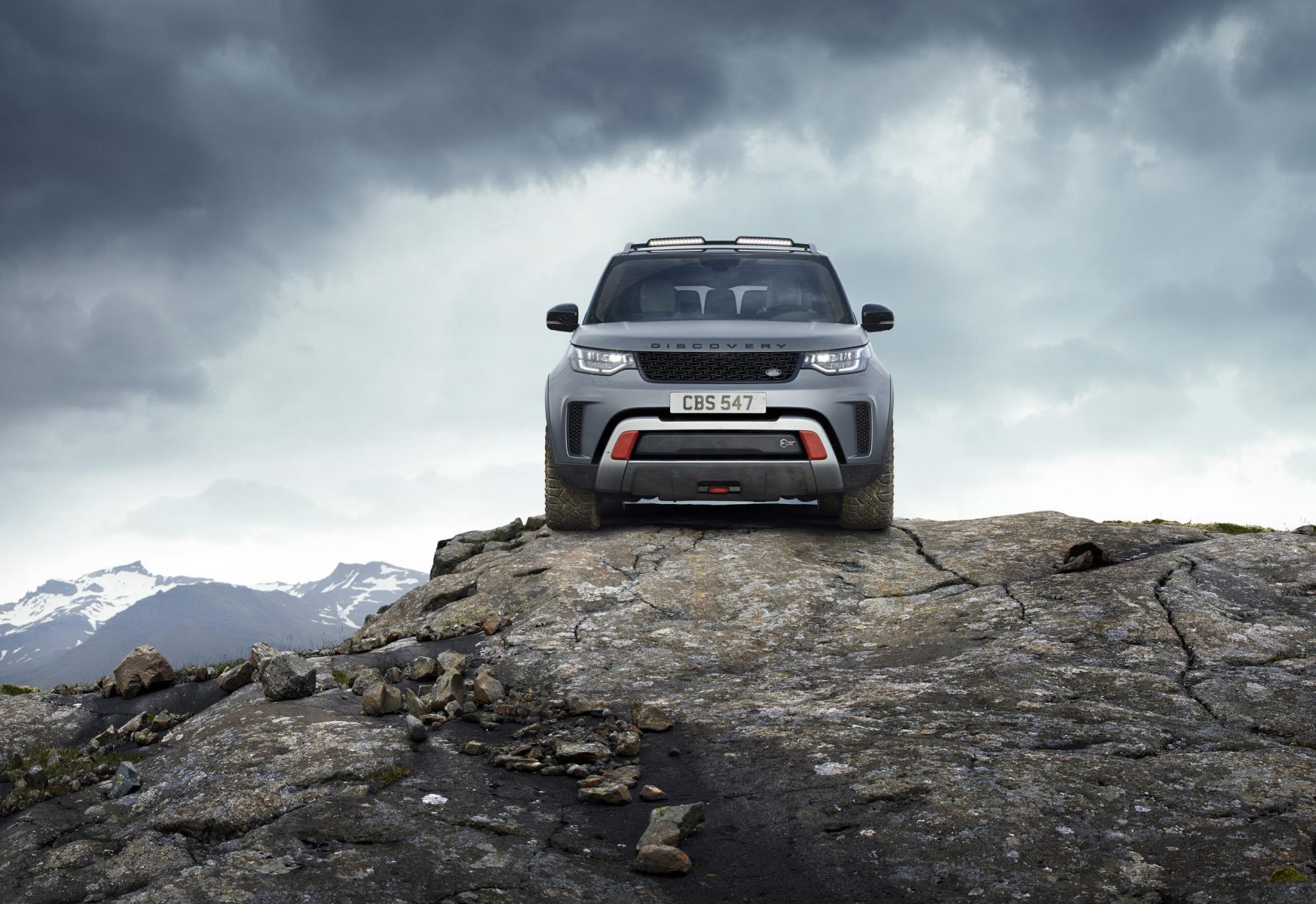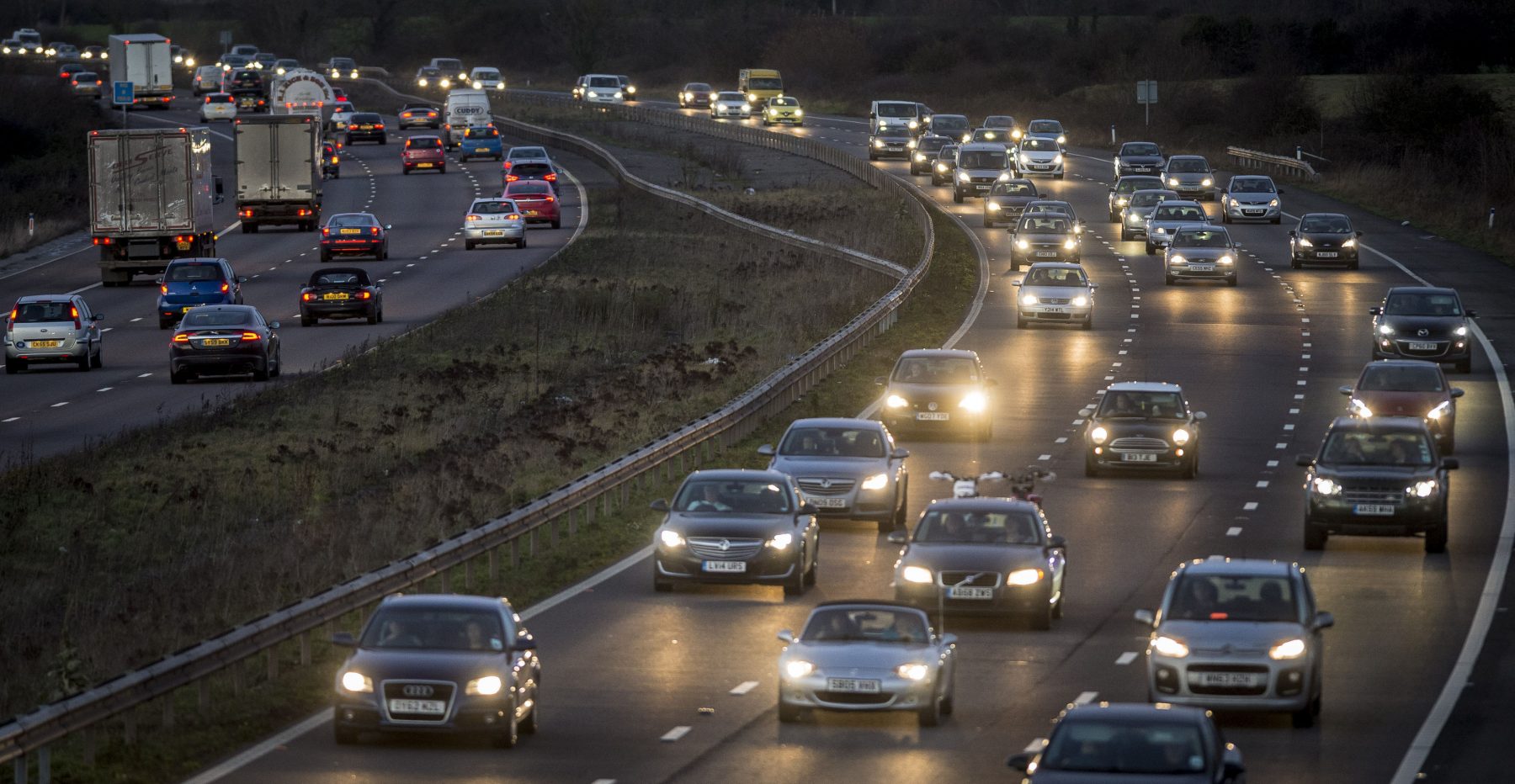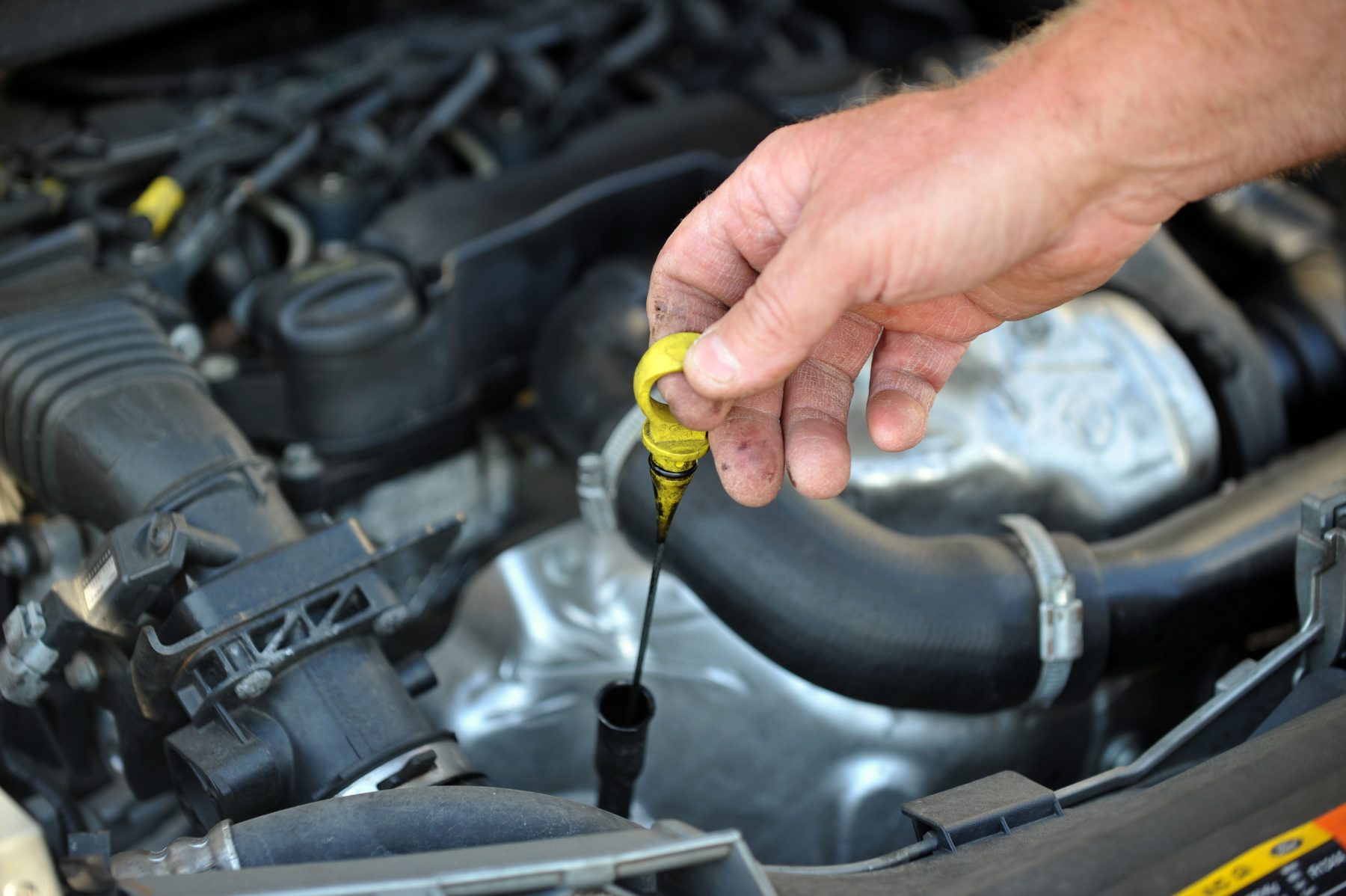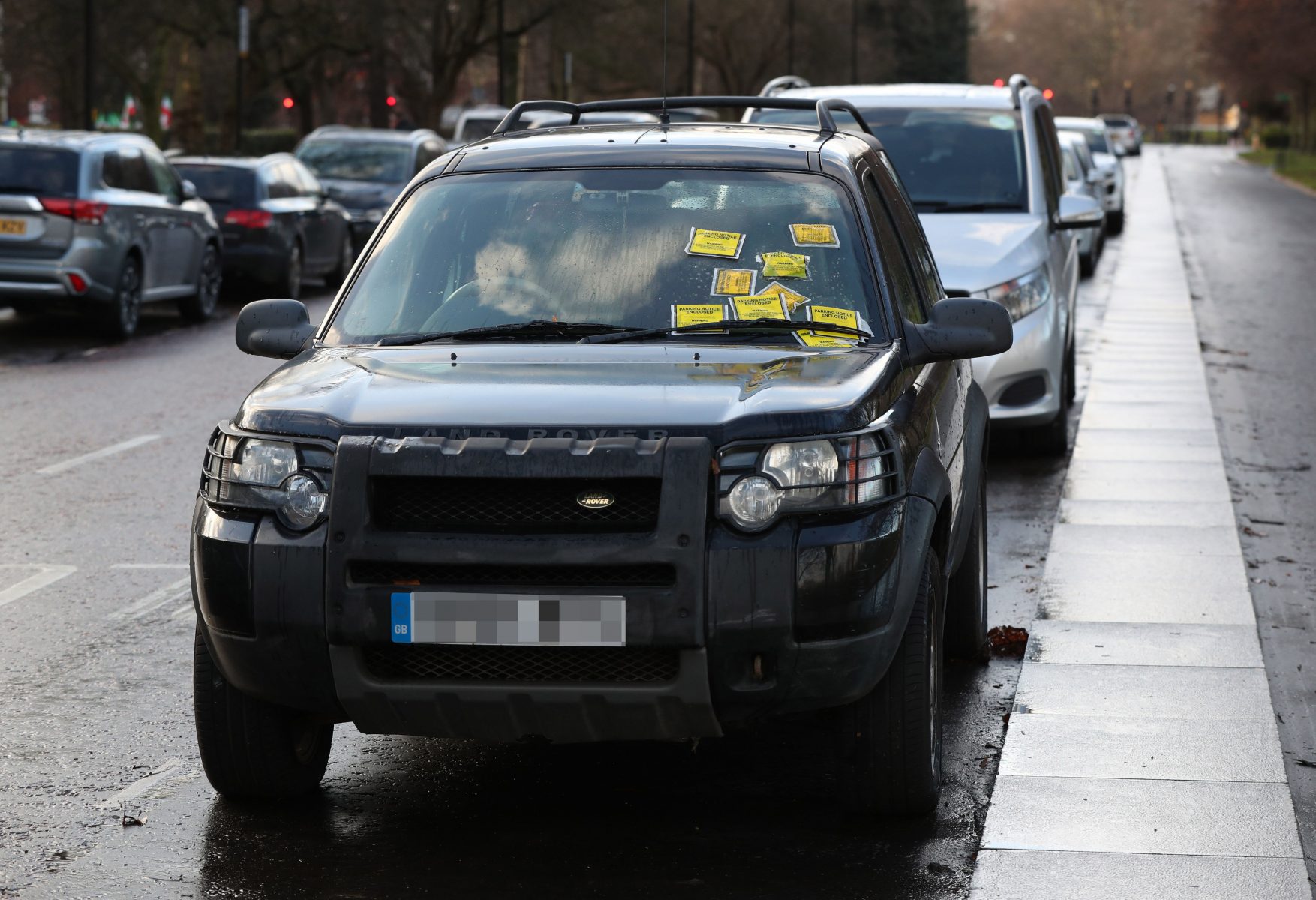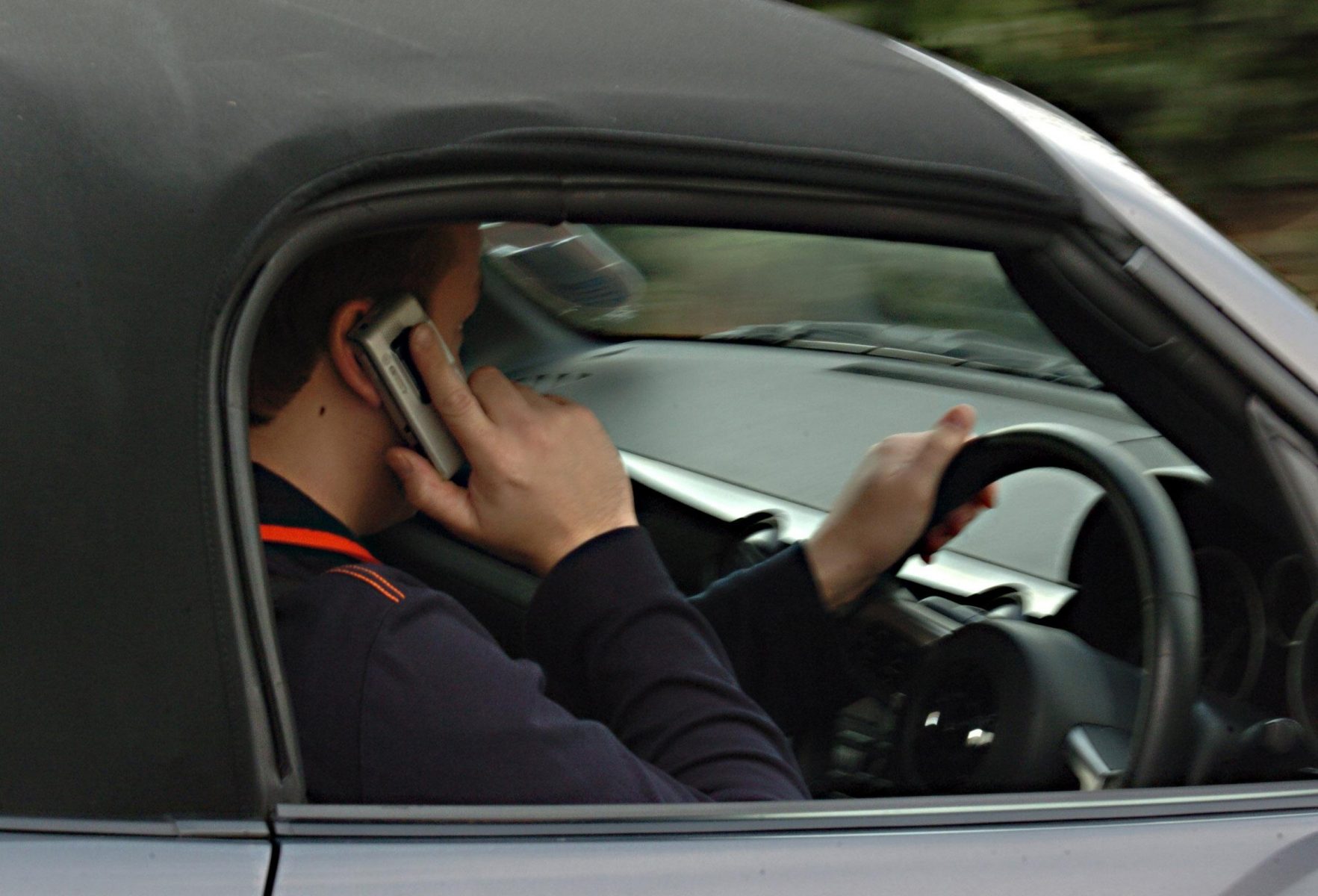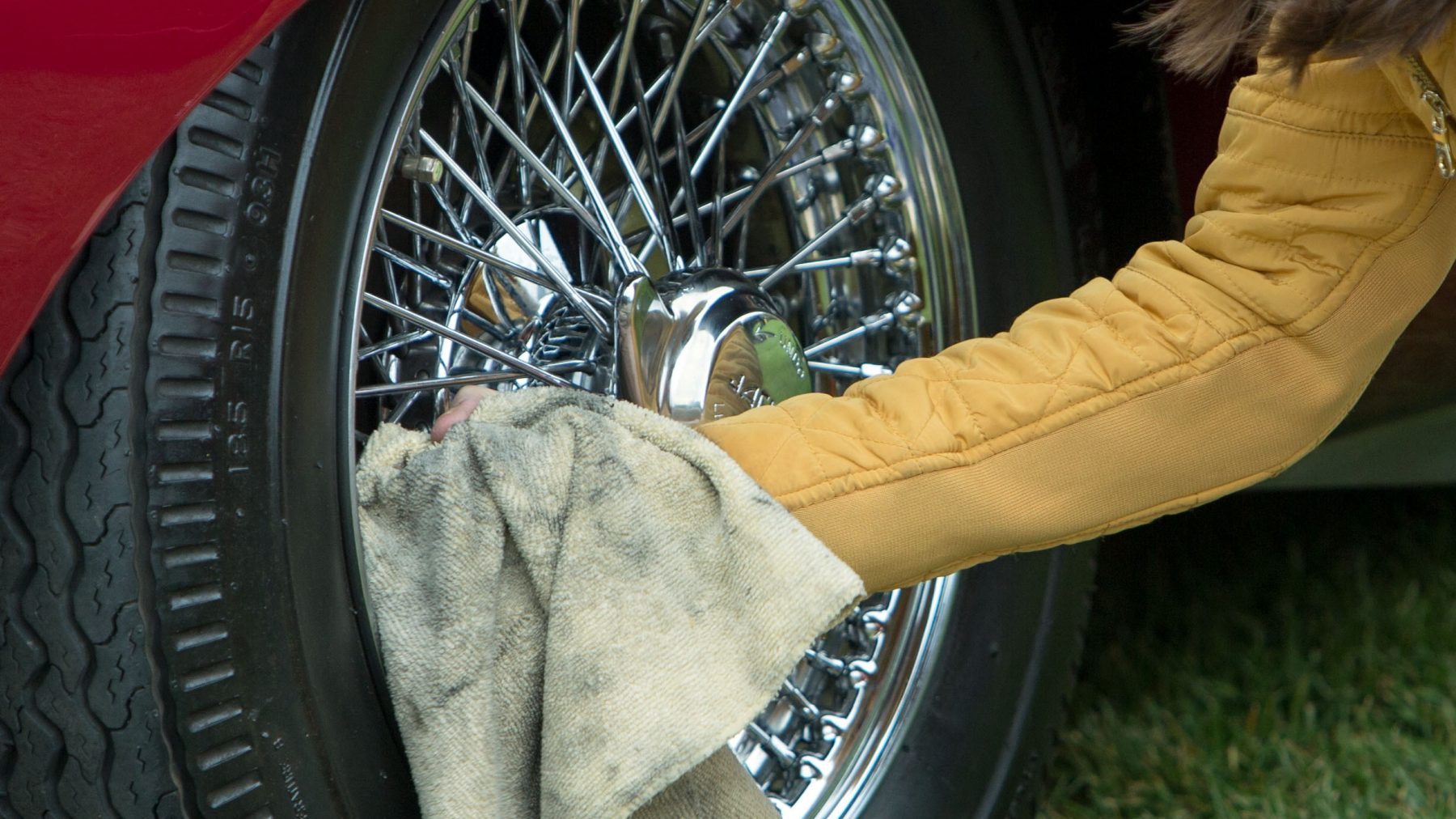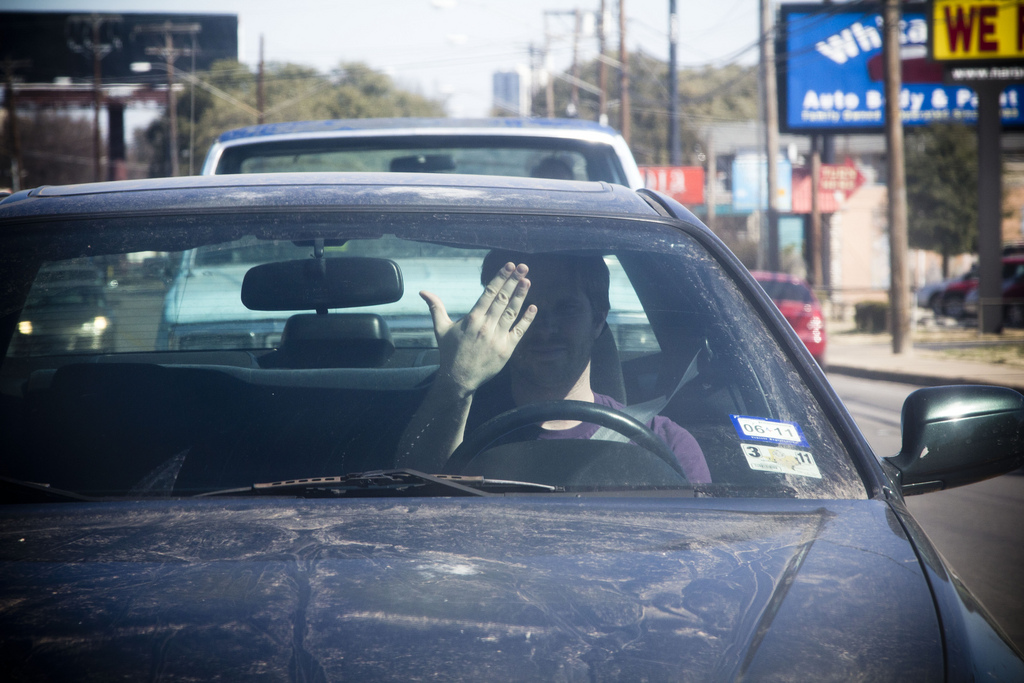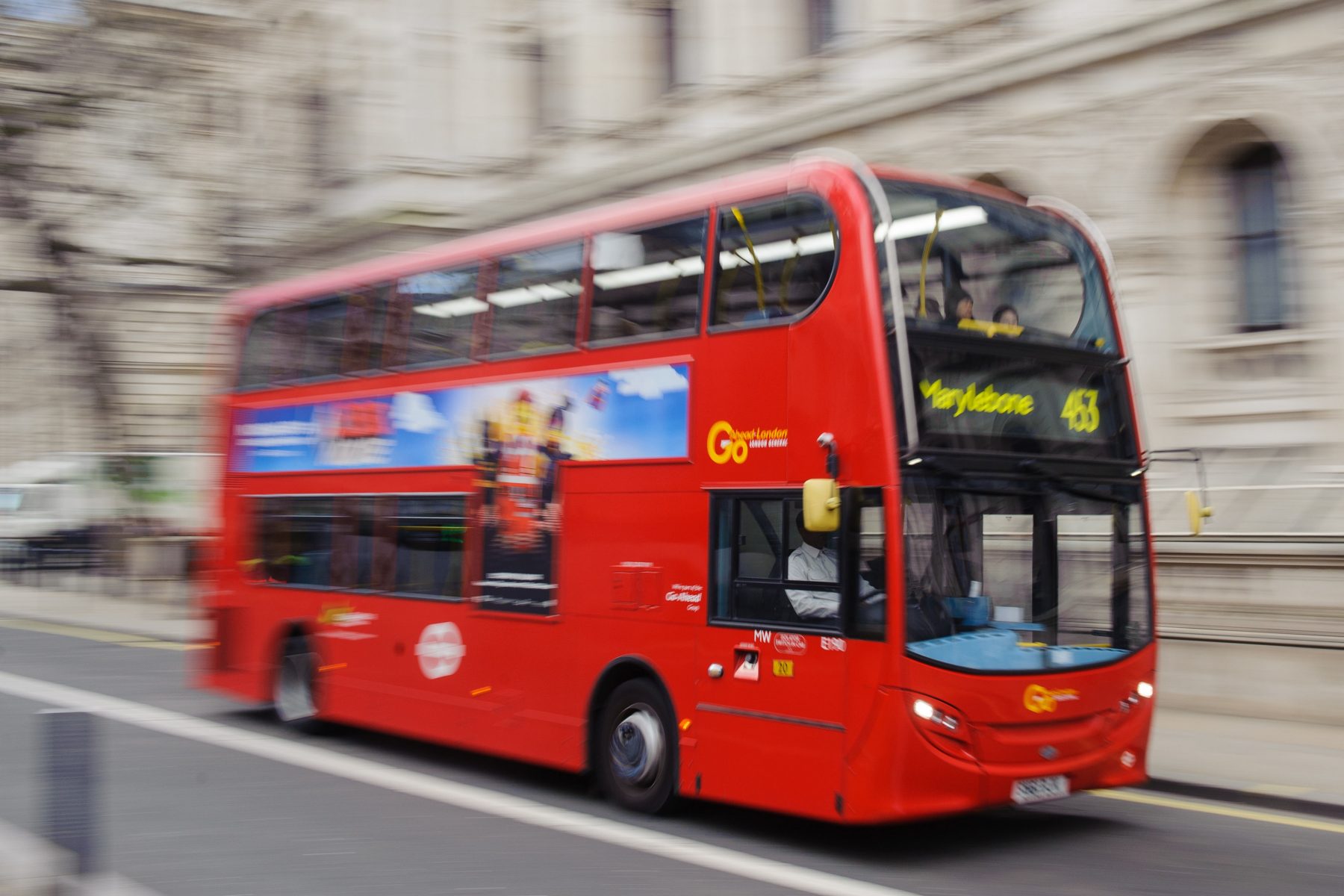The new year brings with it the promise of a league of new models, with hybrids, SUVs and hypercars set to grace the market.
Thankfully, there’s one segment that will again see a significant boost in 2018 – hot hatches. Hugely popular in the UK, hot hatches provide thrills and high performance alongside decent practicality levels – making them perfect all-rounders. Here, we’ve picked out seven key contenders due to make their first appearance this year.
Volkswagen Polo GTI
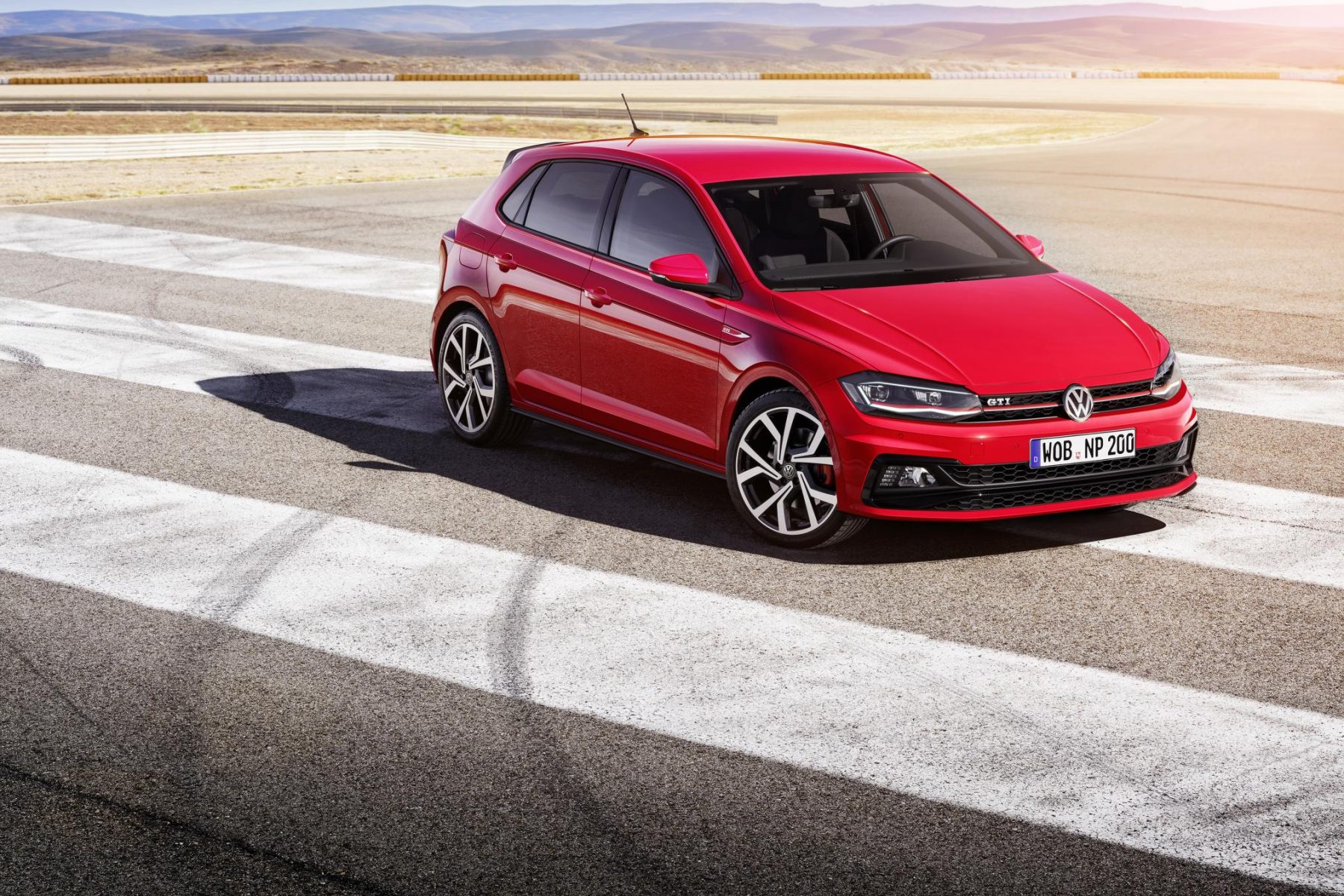
Volkswagen is much famed in its ability to produce well-rounded, fast and desirable hot hatches. The Polo GTI sits in the middle of the range, between the smaller Up! and larger Golf. However, with close to 200bhp on tap and new, sportier dampers, it’s set to be just as good to drive as its bigger brother.
Looks-wise, the Polo GTI certainly treads on the conservative side of things, but thanks to red exterior highlights and trademark tartan seats, it’s easy to distinguish from the regular car.
Ford Fiesta ST
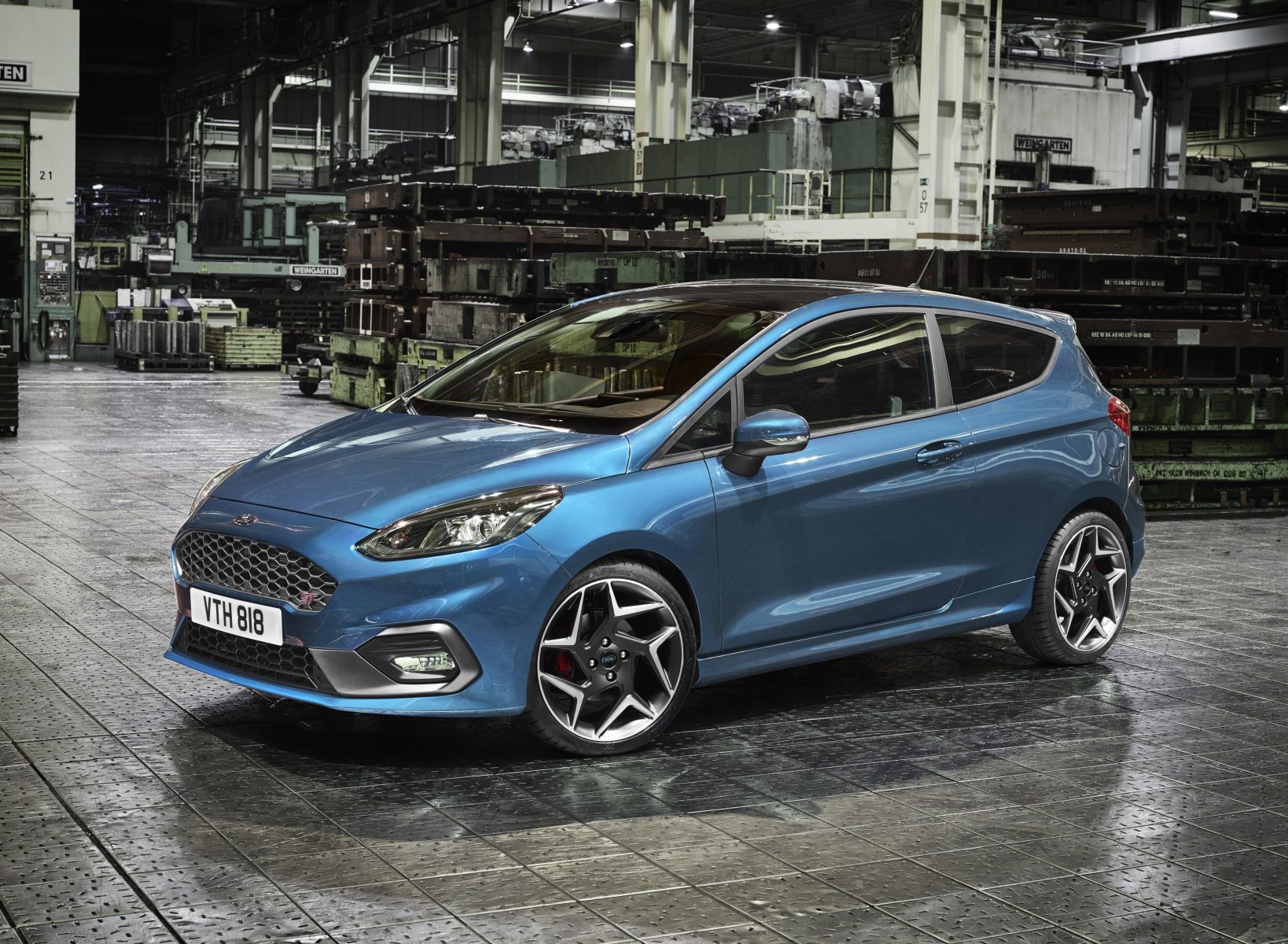
The previous-generation Ford Fiesta ST will undoubtedly go down as one of the best hot hatches of all time.
This latest version features a new 1.5-litre turbocharged engine and has heightened levels of technology on its side. The sprint to 60mph is claimed to take under seven seconds. Of course, the ST remains a Ford at heart, so expect decent value for money and high levels of standard equipment.
Renault Megane RS
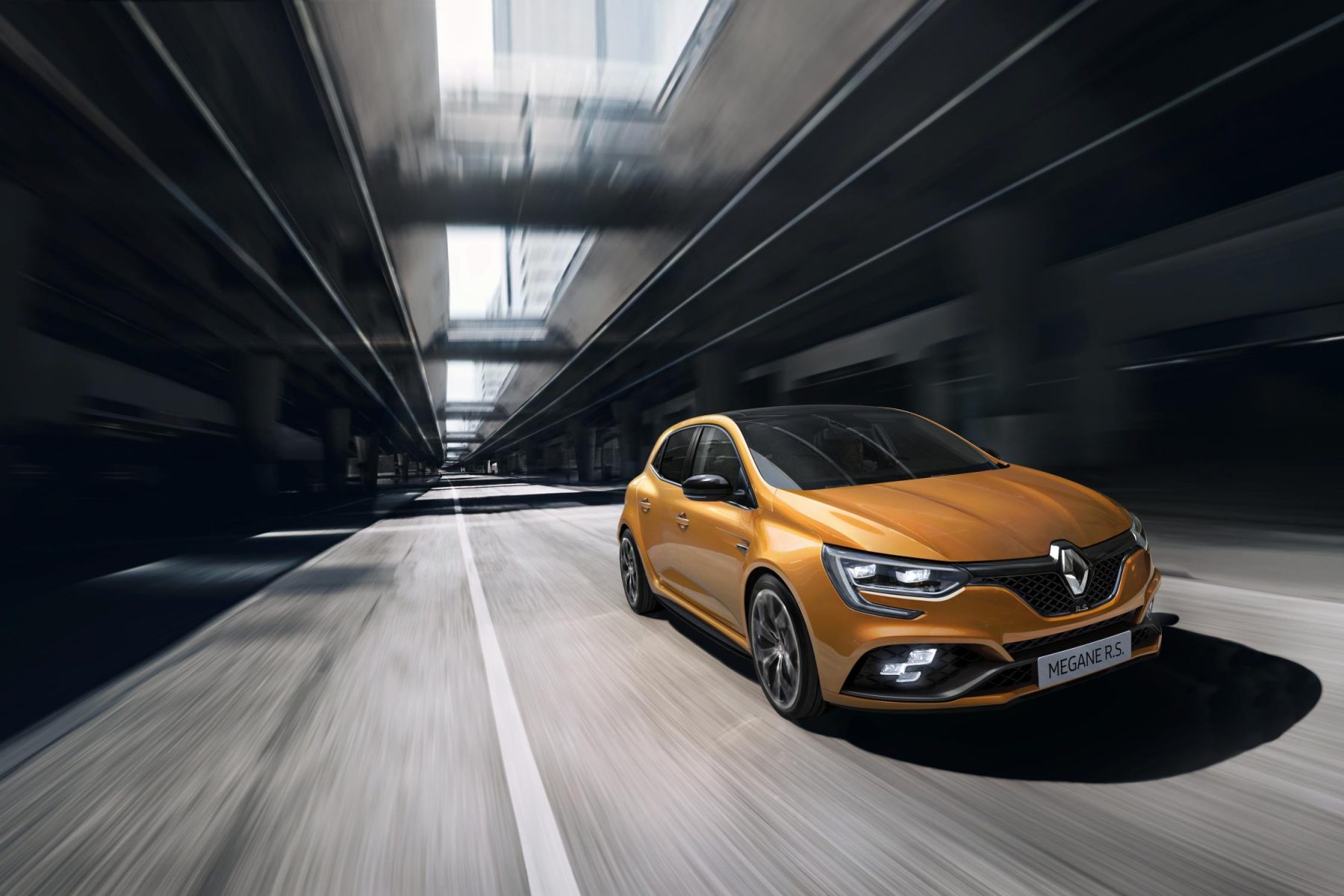
Another key pillar in the hot hatch segment has been the RenaultSport (or now RS) Megane. The new version packs 276bhp from a 1.8-litre engine, and though this may lag somewhat behind other key rivals (most premium hot hatches are now pushing out close to 300bhp), its four-wheel steering should help it keep in the game.
That system should mean that the RS will be one of the most agile sporty Meganes to date.
Suzuki Swift Sport
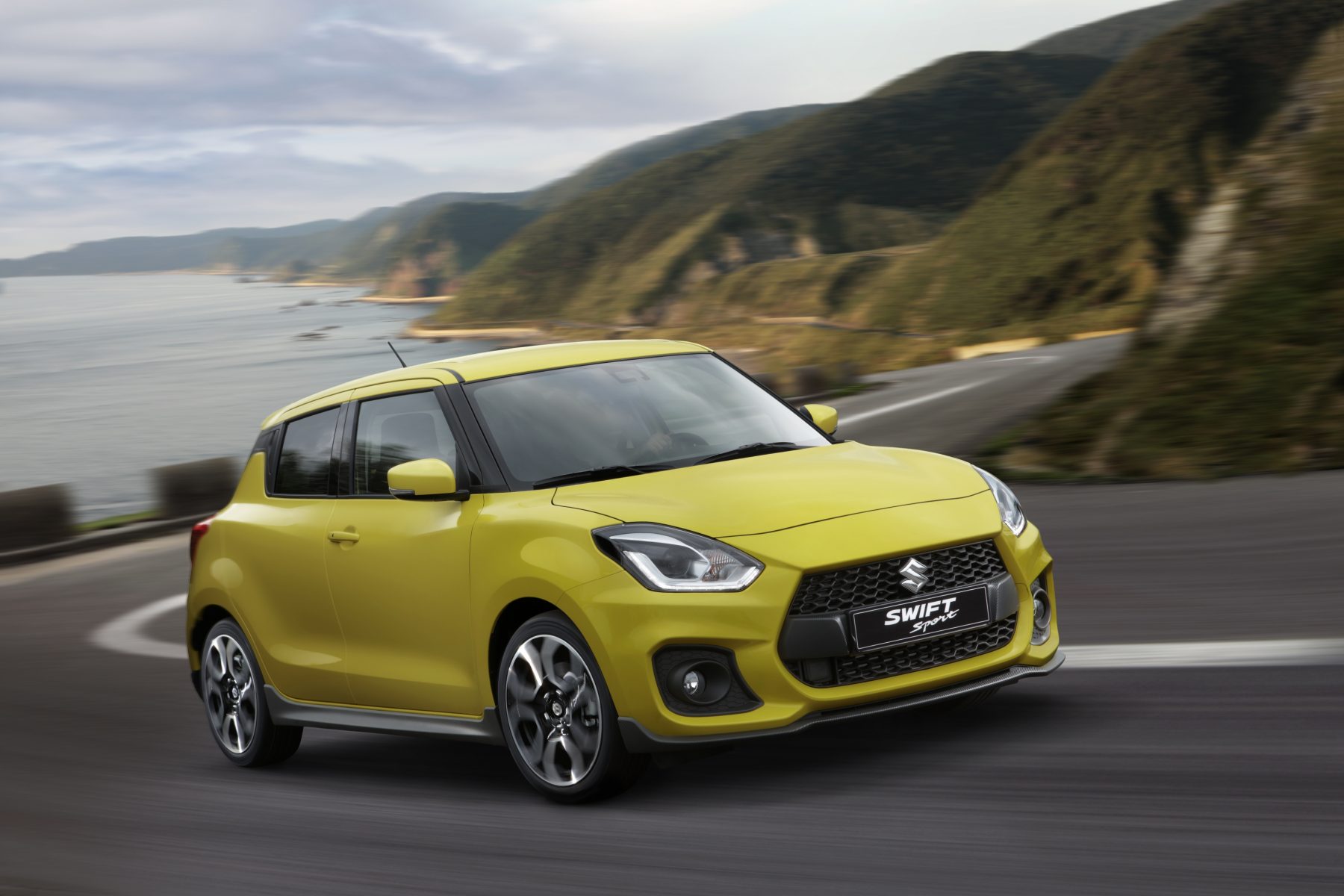
The Swift Sport is one of the most-loved compact hot hatches ever made, offering nimble handling in a diminutive yet solid-feeling package. This latest version is lighter than ever before – 80kg, in fact – and features a new 1.4-litre turbocharged engine too.
It also benefits from a range of sporty styling touches, including 17-inch alloy wheels and heavily bolstered sports seats. A new six-speed manual gearbox has been fitted, adding an extra cog over the older car’s five-speed ’box.
Toyota Yaris GRMN
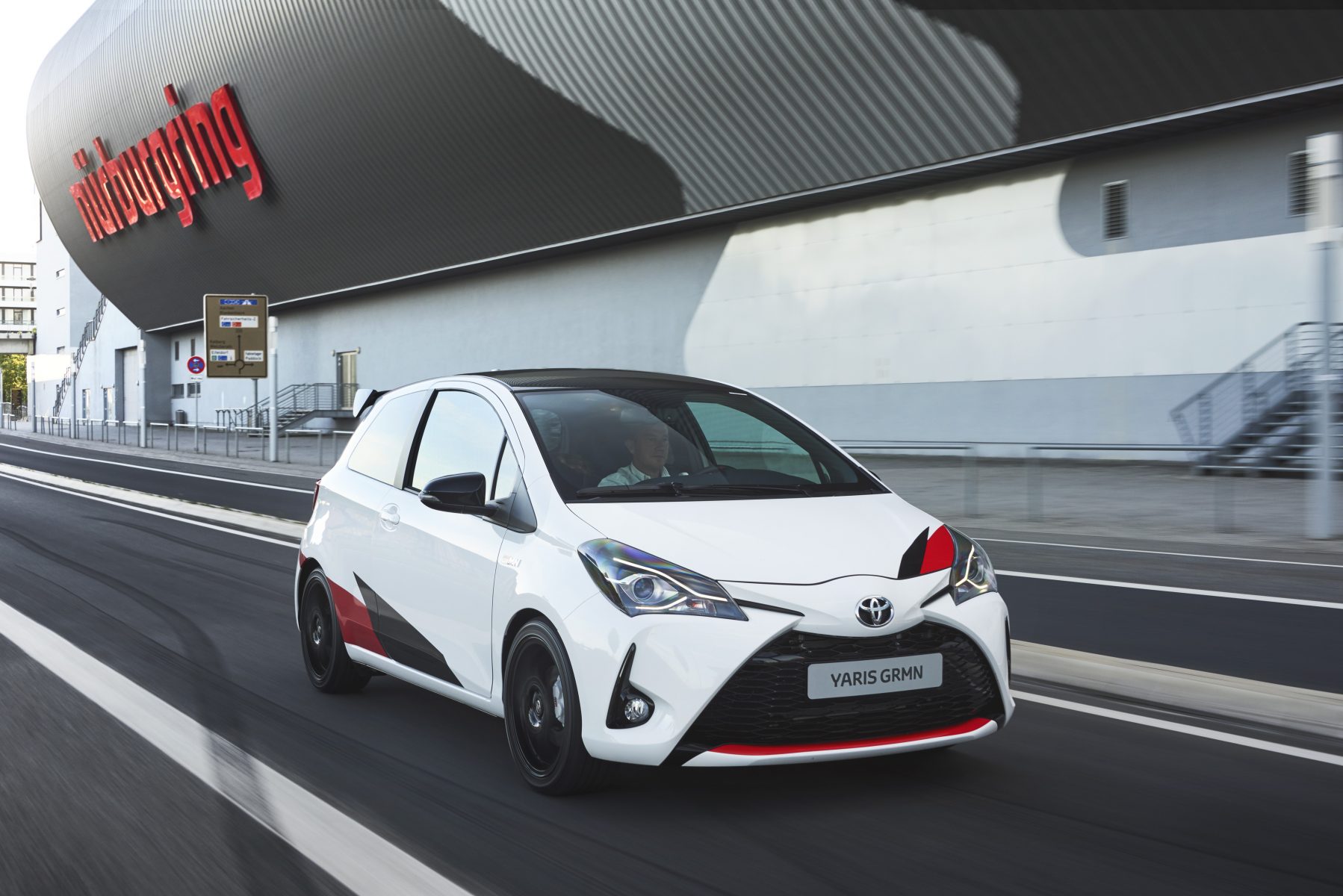
Arguably one of the most compact hot hatches set to arrive in 2018, the Toyota Yaris GRMN’s diminutive proportions shouldn’t put you off. Gazoo Racing (Toyota’s motorsport arm) worked extensively on the car, reinforcing the chassis and tuning its 1.8-litre engine to produce more than 210bhp.
It also gets a host of visual tweaks, including 17-inch BBS alloy wheels, heavily bolstered sports seats and a large rear wing. Small in size, the Yaris GRMN is likely to offer a lot of performance.
Mercedes-AMG A45
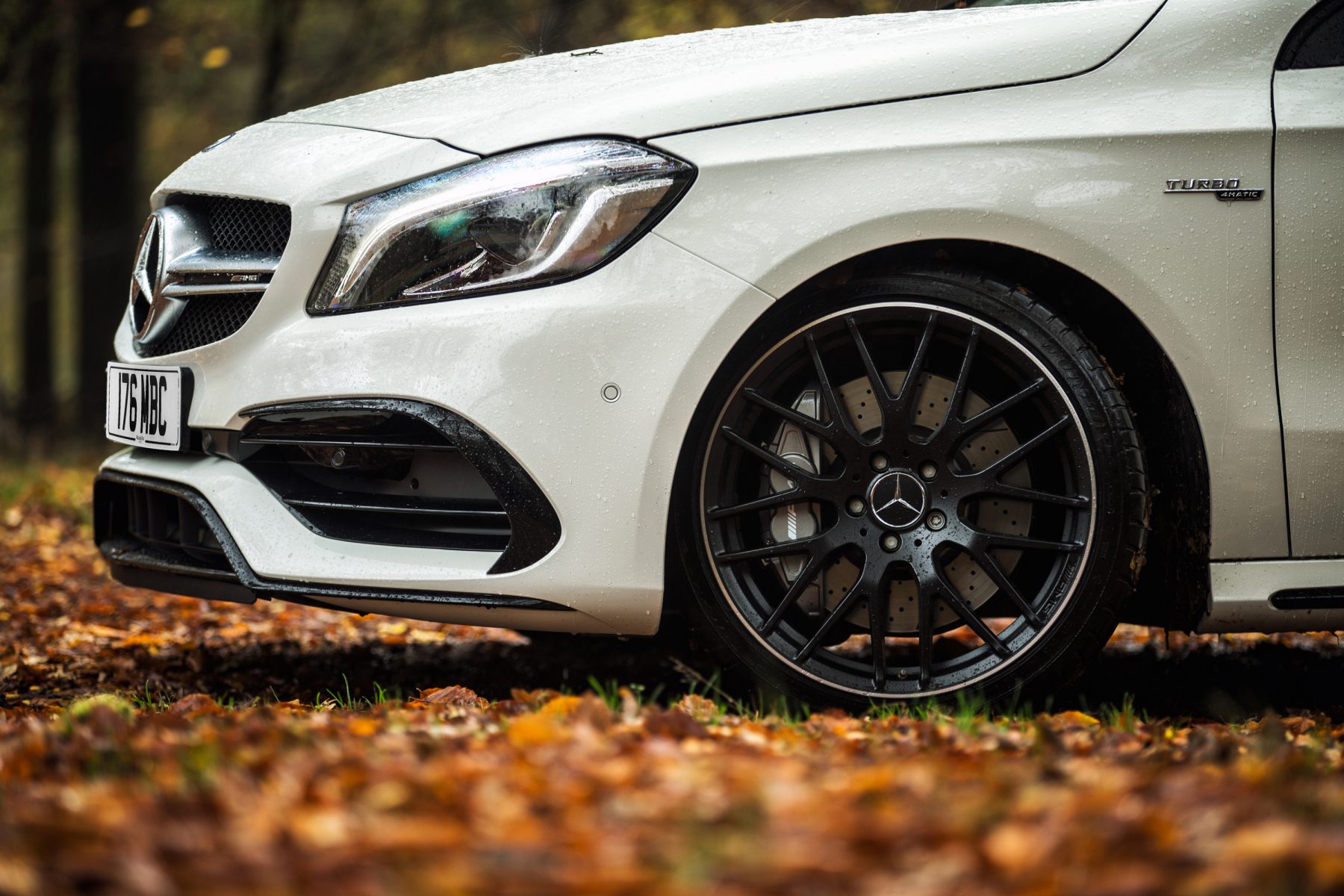
Sitting at the top of the hot hatch food chain is the Mercedes-AMG A45, and soon there’ll be a new one. Though the previous-generation car was hardly short of poke, this latest version is claimed to push out more than 400bhp through all four wheels.
It’s also set to benefit from the latest cabin architecture from the likes of the E-Class and S-Class, offering a more premium experience for those inside compared with the older model.
Audi S1
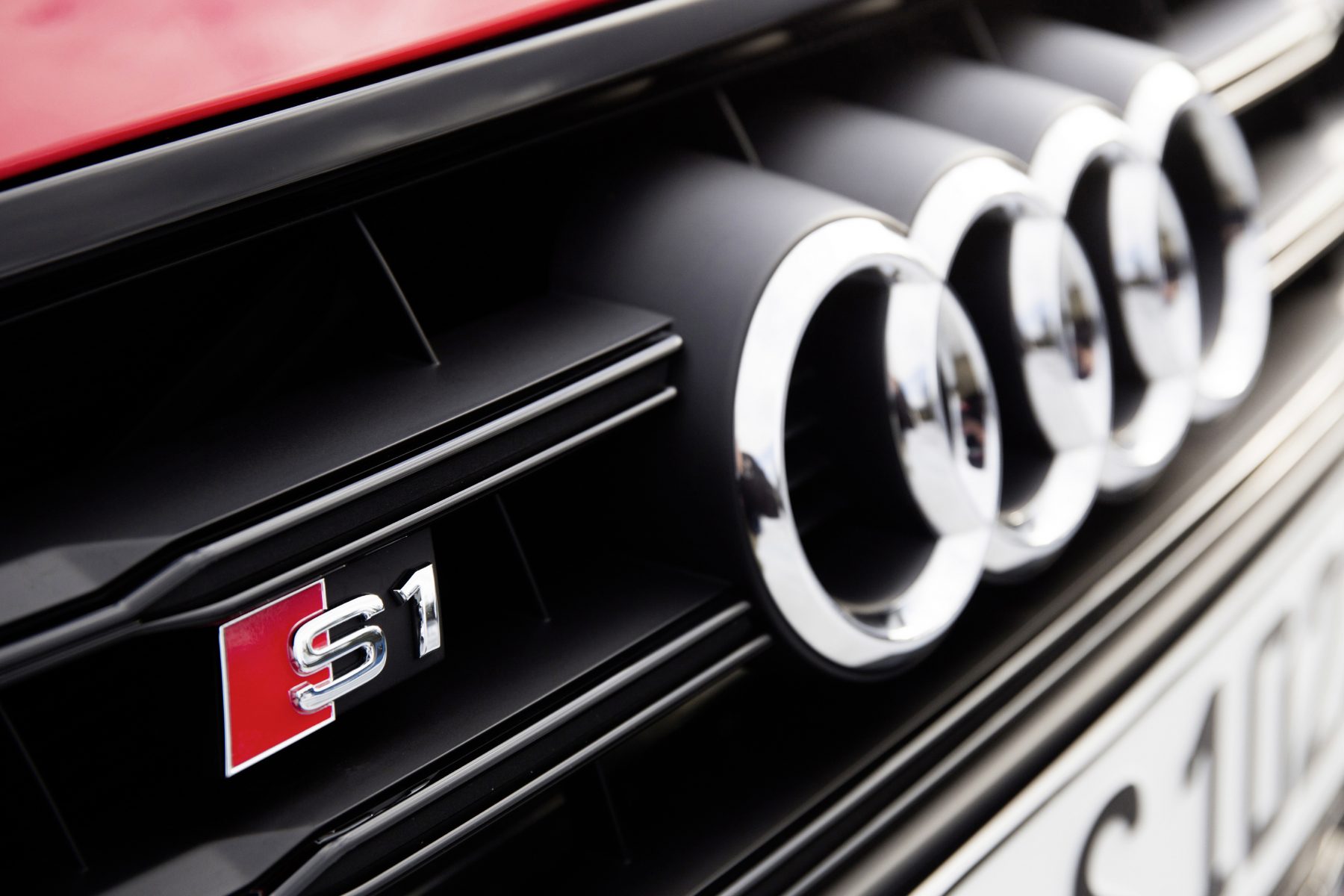
Audi’s pocket-rocket S1 was something of a quiet hit for the German brand, offering thrills and a surprising amount of performance in a compact layout. Audi is believed to be releasing a successor towards the latter part of 2018, and it’s likely an S1 variant will accompany it.
The older car’s 2.0-litre turbocharged engine pushed it from 0-60mph in 5.9 seconds, so we’d expect the newer S1 to beat that time by some margin.

